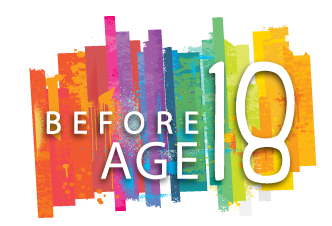SEIEStudent Earned Income Exclusion
Disability means different things in different programs. How a person identifies themselves with a disability can be very different than how Social Security defines “disability”. This definition becomes even more important when someone transitions from childhood benefits to adulthood benefits.
The Student Earned Income Exclusion (SEIE) is for youth who work and receive SSI. It allows eligible students to maximize their earnings while they work. Not as much of someone’s earned income is used when Social Security calculates the SSI payment. This means, you keep more of your SSI while you are working and using the Student Earned Income Exclusion.
What are the requirements?
- Be SSI eligible
- Under Age 22 (21 years old or younger)
- Regularly Attending School
- 7th to 12th grade for at least 12 hours each week
- College/University for at least 8 hours each week
- Training course for employment for 12 hours each week
- Approved homeschooling for 12 hours each week
- *Exception to hours when circumstances are outside student’s control
So what is the SEIE?
Social Security sets a limit each year for the Student Earned Income Exclusion. In 2020, the limit is $1,900 per month and $7,670 for the year. That means you can earn up to $1,900 per month with no change to your SSI payment. In 2020, you can earn a total of $7,670 during the calendar year without effect on your SSI payment.


Let's see how it works
Barney
Barney works part-time at a movie theater while he is enrolled in high school full-time. He is 17-years old. Barney is paid about $350 per month. This is below the limit of $1,900, so his SSI payment will not go down at all. If he earns this amount every month throughout the year, he will have $5,400 of total earned income.
This is also below the annual limit of $7,670. For the whole year, Barney will never have his SSI payment go down because of his earnings. Barney still has to keep his assets and resources below $2,000 to be eligible for SSI.
Robin
Robin started her freshman year at a local college. She is 19-years old. Robin is enrolled with 12 credits. She got a part-time job at the student center. She is paid about $400 per month. Robin also remains eligible for the full SSI payment because none of her earned income will be used to calculate her SSI payment.
How to make the SEIE work for you?
- Report your work to Social Security. You can do this by sending in your paystubs, using the online wage reporting app, or with the automated telephone wage reporting system.
- Provide proof of school enrollment – class schedule, school tuition receipt, Individualized Education Program (IEP) or even direct contact with school staff would all be possible ways to provide proof.
- Let Social Security know if you stay in high school after age 18. They may not know if you are working in a program through age 21 in high school.
- Even when you are not in school in the summer, you can still use the SEIE. You just have to intend to return in the fall.
Contact your benefits specialist and your local Social Security office to find out more about your specific situation. Maximize your career advancement by taking full advantage of the Student Earned Income Exclusion!

